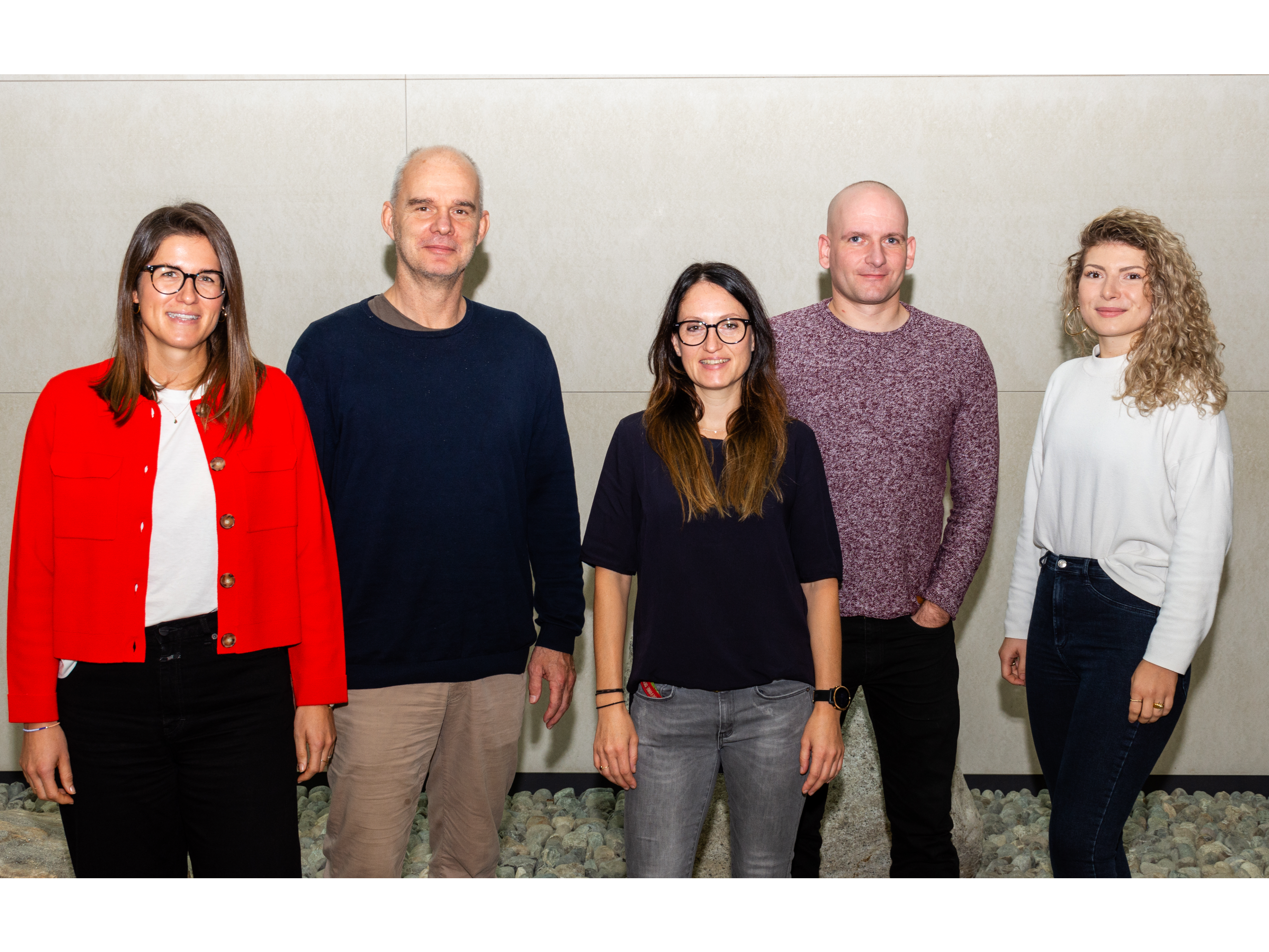Double success including a double mechanism
Researchers of CRC 1279 made two interesting discoveries published almost simultaneously in Cell Host and Microbe and Cell on October 14th and 15th, respectively.
In a collaboration between the Jacob, Sparrer, and Kirchhoff labs, Fabian Zech and Chiara Pastorio (A04) tackled the challenging task of determining the functional impact of all about 50 mutations that distinguish the Spike proteins of the Omicron BA.1 and BA.2 variants from the ancestral SARS-CoV-2 strain. Their results suggest that the enhanced transmission of these variants is due to effective immune evasion and resistance to neutralizing antibodies rather than intrinsic higher viral infectivity and replication. Currently, the researchers perform analogous analyses of changes in the Spike protein of the Omicron BA.5 variant that now dominates the COVID-19 pandemic.
https://doi.org/10.1016/j.chom.2022.07.006
The second study fundamentally changes our view of how innate viral sensing works and may help to improve antiviral approaches and vaccine adjuvant design. In cooperation with Michaela Gack (Cleveland Clinic Florida Research and Innovation Center) and members of this CRC, Konstantin Sparrer (A08) showed that cells require two signals to initiate effective innate immune responses against viral pathogens. So far, it was thought that recognition of viral RNAs is sufficient. The Cell study demonstrates, however, that in addition to viral RNAs, virus-induced disturbances of the cellular actin cytoskeleton are required to trigger RIG-I-like receptor signaling and effective immune responses against various RNA viruses, including SARS-CoV-2.
https://doi.org/10.1016/j.cell.2022.08.011



